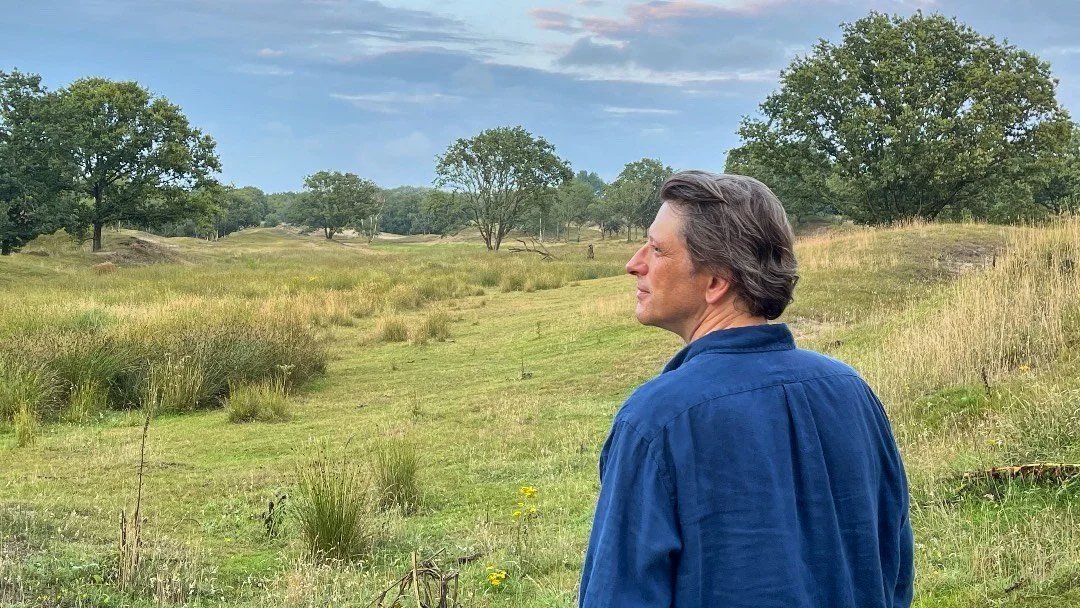"I love this term biophilia, because it's this, in a sense, it's a love of nature in a word, isn't it? And I had this beautiful description recently of what it actually means to love something or to love someone. In very plain terms, it means to include that person or that thing's interests as one's own." Jojo Mehta, Co-founder, Stop Ecocide International.
For me Biophilic Design has the potential to heal more than just physical and mental health of people, it has the potential to help heal our earth too. If we implemented Biophilic Design in cities for instance, we can help mitigate climate change, even just by planting more trees which is a Biophilic Design solution, we increase tree canopy cover, increase biodiversity, mitigate flooding. There are many more, from creating Blue cities with cleaner rivers and waterways to planting on roofs and sides of buildings helping reduce the need to switch on air conditioning units in the summer and heating in the winter, which in turn reduces energy consumption. Also, as interior designers we specify more natural materials, reducing plastic, are more considerate of what textiles are made of and originate from.
With our global temperature reaching a danger point, we need to do all we can as designers, architects, fit out managers and anyone who works in the built environment at any point.
Today we have got the amazing Jojo Mehta with us on the podcast. Jojo is CEO and co-founder of Stop Ecocide International (SEI), the hub of the global movement to create a new international crime of ecocide to protect the Earth from the worst acts of environmental damage, a movement that is gaining significant political traction. She co-founded SEI with the visionary lawyer, Polly Higgins, who died in 2019, having devoted the final decade of her life to the cause.
We explore and put into context just WHY we need to do more as designers, seize every opportunity we can to create better environments, not just for people, but for planet too and also how Biophilic Design is an essential part of the solution.....




















